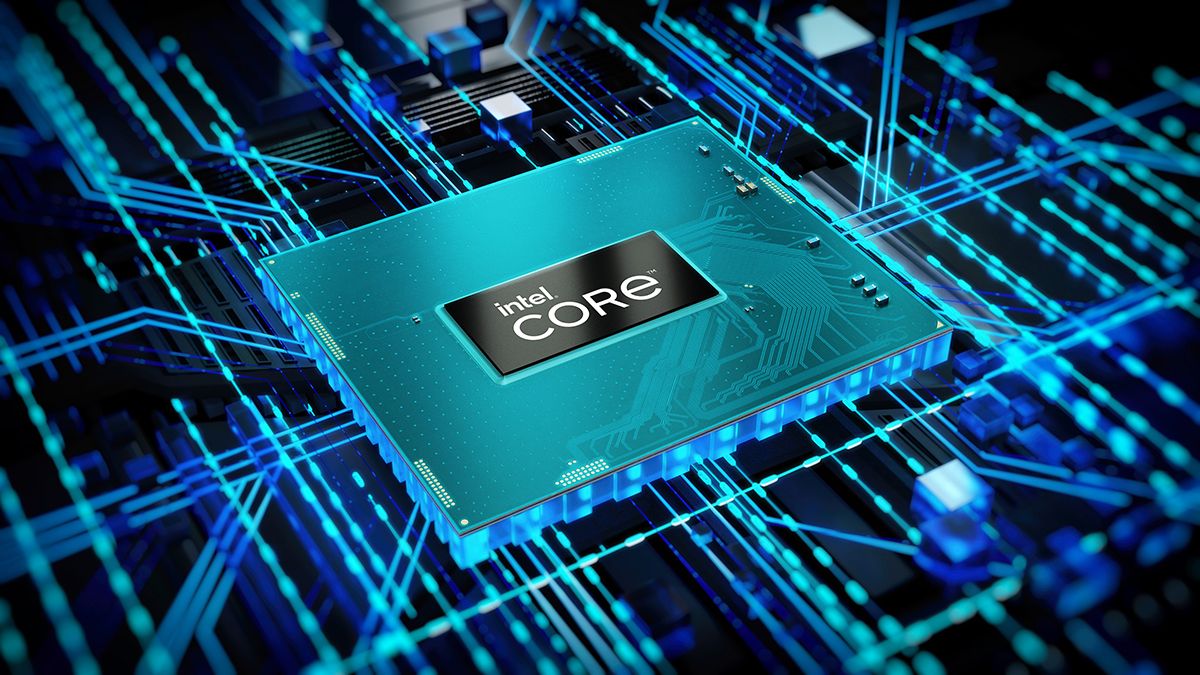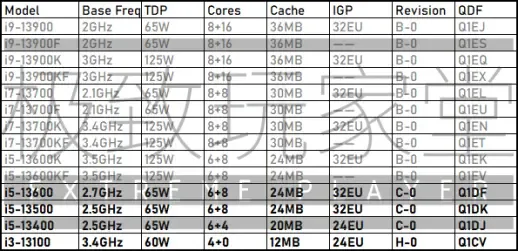As Intel gears up to launch its 13th-generation (Raptor Lake) desktop CPUs, a new leak seems to have revealed most of the lineup ahead of an official announcement. According to an image shared on social network BilliBilli, the processors will feature up to 24 cores and 36MB of cache, with most of the lineup getting a boost compared to the previous models.
In the image below, you can see that both the S-series and K-series processors have been revealed, with a 65W and 125W TDP, respectively. As usual, the lineup goes up to the Intel Core i9, which will have a total of 24 cores - 8 performance (P) cores and 16 efficient (E) cores, and we know from Intel's investor meeting earlier this year that we're looking at 32 threads, because the E cores don't support hyperthreading. Along with more cores, the processors also feature more cache - 36MB compared to the 30MB in the Intel Core i9-12900 models.
Similarly, the rest of the lineup also gets an upgrade. 13th-generation Intel Core i7 processors will have 16 cores (8P + 8E), coming from 12 cores (8P + 4E) in the 12th-generation models. Most of the Core i5 models also seem to have 14 cores (6P + 8E), whereas in the 12th generation, the K series has 10 (6P + 4E) and the S-series models only have 6 (all P cores). The exception is the Core i5-13400, which has 6 P cores and 4 E cores. Only the Core i3 processor remains unchanged in terms of core count and cache, still featuring four P cores and nothing else. Unfortunately, the table doesn't mention the boost clock speeds for each model.
This really only tells a part of the story, because there are going to be architectural improvements to the cores themselves, both in terms of performance and (hopefully) efficiency. All Intel has said so far is that we can expect up to double-digit performance improvements, but we don't have concrete numbers yet. Last year, 12th-generation processors were announced in October, but details of the architecture itself were shared a bit earlier, so hopefully we don't have to wait much longer.
Source: EP极致玩家堂 (BilliBilli)
Via: Neowin


